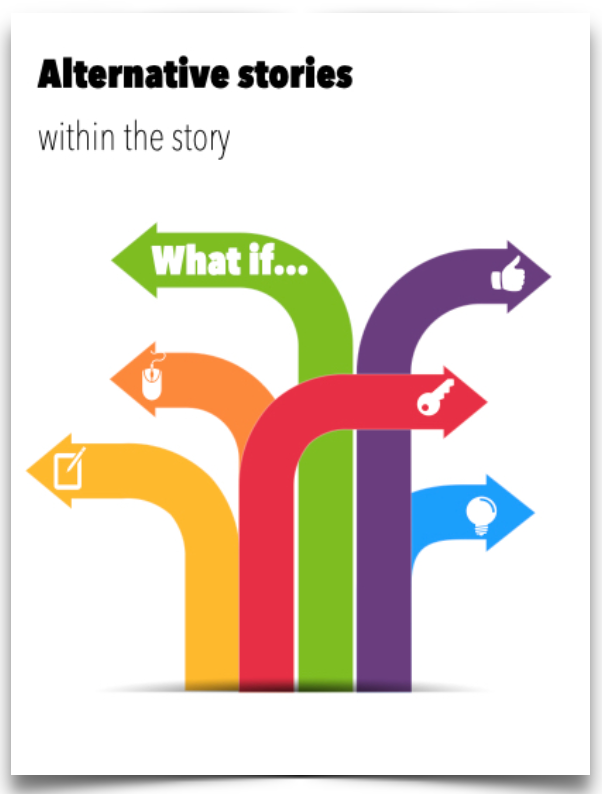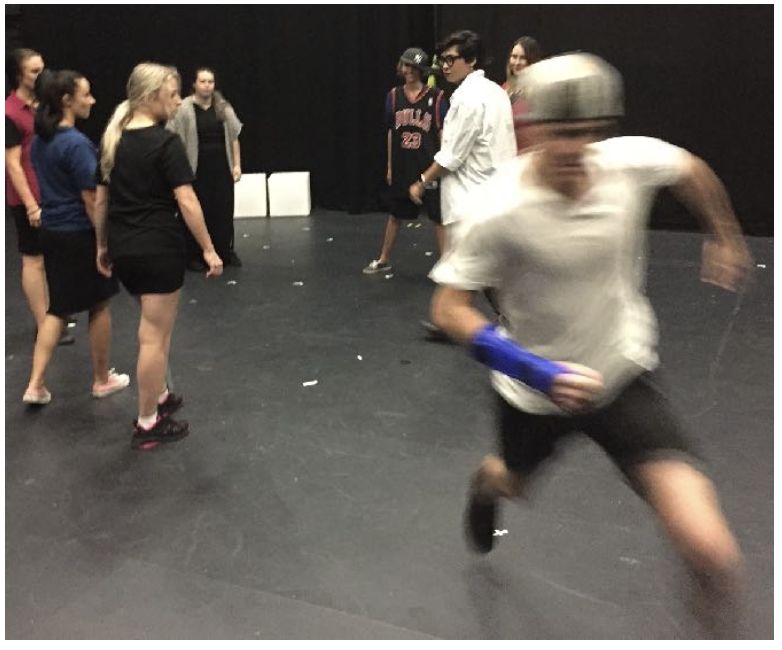Drama Thinking - Part 5
/In Part 5 I share with you one further Drama Thinking process to help you move from a story to your planned drama lesson. This is a simple strategy. Think about your story in terms of Before, During and After the story.
Before During and After
Perhaps the simplest of all these drama Thinking Processes, Before, During and After looks carefully at the story.
What happened before the story starts – to the people in the story. Think about their situation, relationships and what they are thinking and feeling.
Look inside the story – what happens during the story. It is useful to look here at the narrative chain.
Finally, we can look at what happens or might happen after the story ends.
Alternative stories
Sometimes, within a story we can imagine alternatives.
We can asks ourselves what if questions.
If the original story of our travellers to a New World, their adventure begins in Europe and they venture to the Dutch East Indies.
But what if… instead of reaching their destination, their ship is wrecked on rocks on the coast of Western Australia and they must learn to live with the Aboriginal people.
Or, what if… in a huge storm, their ship is swept into outer space and they travel to the Moon.
Stories do not have to go in straight lines.
There are no limits to your imagination. You can make alternative stories.
Introduce new tensions.
Introduce new people and characters.
Change the location. Or, the time. Or the ending of the story.
Story drives drama. The Principles of Stories work along side the Elements of Drama. To plan our drama lessons, we need to understand how story can be unpacked and understood, so that we can make drama with our students







